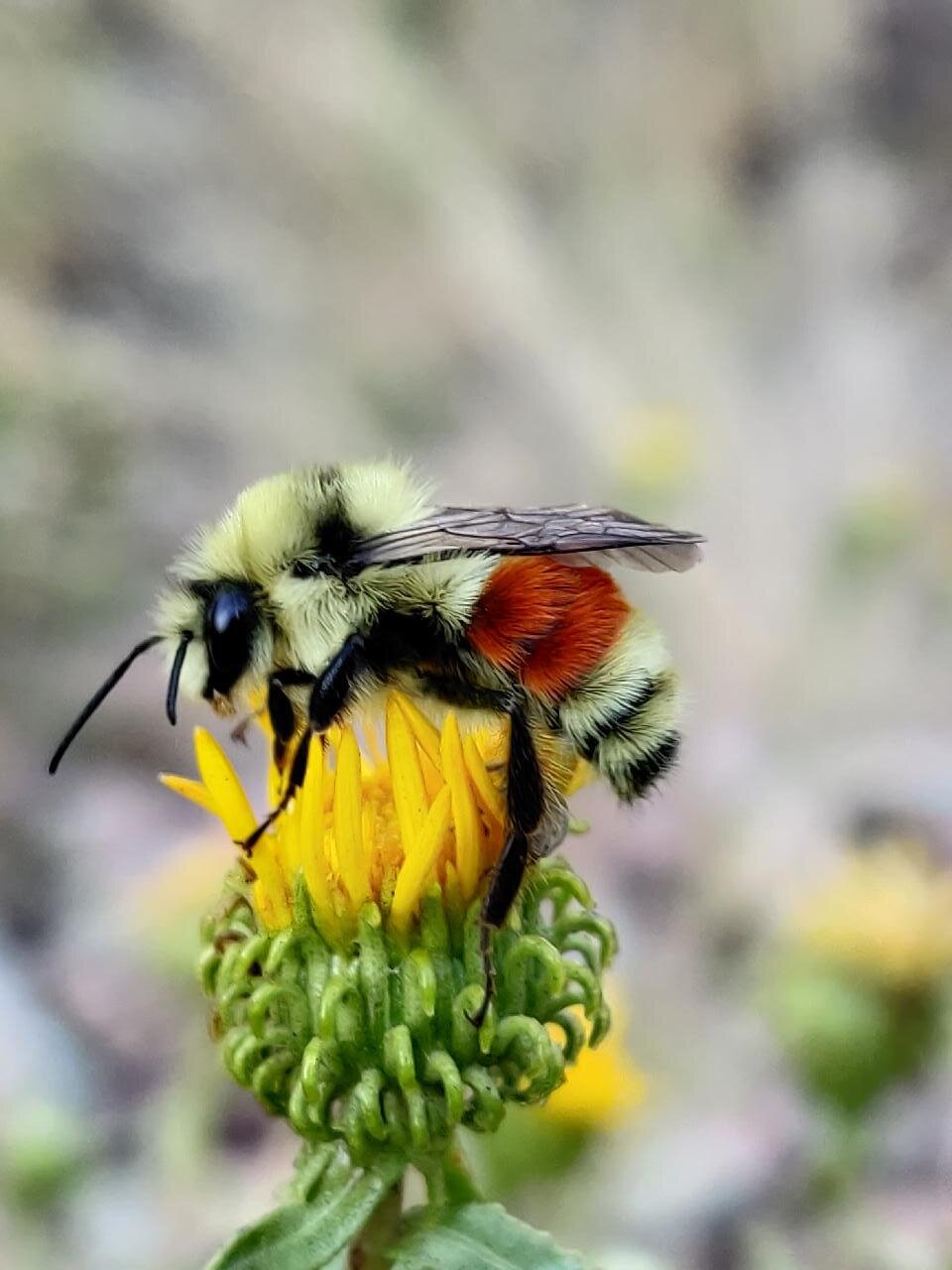The monarch butterfly is known for its incredible migration story. In some cases, these butterflies travel 3,000 miles between Canada and Mexico.
This butterfly, iconic as it may be, is in trouble. Monarch butterfly populations are in significant decline, and we know very little about them. In the winter of 2017-2018, butterflies west of the Rockies declined by 99.4% from their population high point.
Photo by Marissa Harrison
Unfortunately, basic information on the population trends of many insect species is sparse. That’s why we created our project—to answer key questions about plummeting pollinator species. Volunteers across Utah collect information about monarch butterflies, caterpillars, and eggs, milkweed (which is what monarchs eat), and bumble bees. These community scientists allow conservation specialists to analyze large amounts of information on the insects, which supports plans to conserve these species.
You and your friends and family can make a huge difference for pollinator conservation by simply watching our training, downloading an app, and recording sightings of bumble bees or monarchs. You can record them in your garden, on a walk, on a hike, or anywhere you see them! You can also choose to steward a site for deeper involvement over the summer. It's a simple way to have a big impact on local conservation.
What's more, this project can be done 100% individually, making it a flexible, safe option for getting involved in conservation in 2024.
Volunteer Resources
Searching for pollinators among Tracy Aviary’s Jordan River Nature Center flowers, including bee plant and sunflower. Photo by Sierra Hastings.
2023 Training Videos
Identification
iNaturalist
Check back soon for more iNaturalist resources!
Monarch Habitat Assessment: How-To
Flyers
Project Flyers - Feel free to print our flyer to take with you in case you come across passersby, landowners, or others who are curious about what you are doing and want to learn more.
For more tools, resources, and information, visit the Utah Pollinator Pursuit website.
Support Utah’s struggling pollinator populations by donating today.
Project Information
Field Season: May-September
Training Required? Yes. Join us at our volunteer training on Saturday, May 4, 2024! Training recordings will be available and posted here for those unable to join in person.
Commitment Level: Flexible and varies, depending on interest.
Requirements: Field work, walking, and access to a smartphone or tablet. If you do not have access to these resources or have questions about accessibility, please contact us.
Communications: Email updates are sent once a month. Sign up to receive project emails.
Questions: Please contact us with any questions.
Project Updates
Magic of Pollination Web Presentation
Watch our presentation on the dazzling world of pollination in Utah below. Feel free to share with friends!












